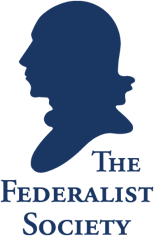Is Patent Eligibility Doctrine in Need of Reform?

Event Video
Between 2010-2014, the Supreme Court handed down four decisions resulting in the Mayo-Alice two-step test for what counts as an invention or discovery eligible for patent protection. In the ensuing decade, the issue of whether this test is indeterminate, too restrictive, or both, has been vigorously debated by lawyers, judges, and scholars. Recently, Senators Thom Tillis (R-NC) and Christopher Coons (D-DE) introduced the Patent Eligibility Restoration Act (PERA), which would abrogate the Mayo-Alice test among other substantive and procedural reforms to patent eligibility doctrine. This webinar will discuss PERA and its implications for the U.S. innovation economy as leader in innovation in the 21st century facing new challenges from global competitors like China.
Featuring:
Joseph Matal, Principal, Clear IP, LLC
Prof. Kristen Osenga, Austin E. Owen Research Scholar & Professor of Law, The University of Richmond School of Law
Hon. Randall R. Rader, Chief Judge (ret.), U.S. Court of Appeals for the Federal Circuit, and Honorary Professor, Tsinghua University
Moderator: Michael K. Friedland, Founding Partner, Friedland Cianfrani LLP
---
To register, click the link above.
*******
As always, the Federalist Society takes no position on particular legal or public policy issues; all expressions of opinion are those of the speaker.






